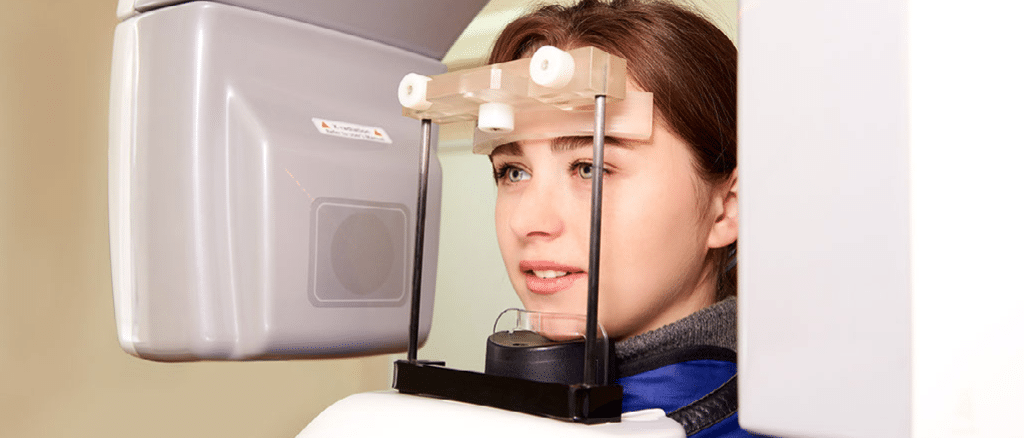A dental x-ray is one of the most important diagnostic tools that we use to track your child’s tooth development and to check for cavities that aren’t visible during a normal examination by a dentist. The ability to detect and treat cavities early in children is vital to their oral health and development. The use of a dental x-ray is recommended in most cases to monitor your child’s dental health.
How Safe is a Dental X-Ray for My Child?
A dental x-ray is a very safe tool available to help diagnose oral health issues that would otherwise go unseen until they become larger problems. The American Academy of Pediatric Dentistry (AAPD) recommends performing dental x-rays on children based on each patient’s needs and not just age alone. According to the AAPD, dental x-rays for children are recommended based on the following conditions:
- History of cavities or tooth decay
- Pain in the mouth or teeth
- Gum disease
- Bleeding in the gums or mouth
- Loose teeth
- Abnormal tooth eruption, color, or other conditions
- Swelling in the gums or mouth
From time to time we hear a few concerns from parents about dental x-rays, and the truth is that there is a very minimal amount of radiation that comes from them. We try to explain the risks of not having a dental x-ray. This includes leaving unseen problems with a child’s oral health to worsen which is more detrimental than the very small amount of radiation received from an x-ray.
Types of Dental X-Rays for Children
Bitewing X-Rays
A bitewing x-ray is typically performed to allow the dentist to view areas of the mouth that are commonly very hard to see with the eye during an examination. Bitewings also help a dentist to assess the alveolar bone which holds the teeth in place in your jaw. These x-rays are crucial in identifying cavities in the areas where teeth touch.
Periapical X-Rays
We often perform periapical x-rays to assess a single tooth or a couple of neighboring teeth when your child is experiencing signs of cavities, damage, and/or trauma to the structure of a tooth or teeth. We can perform these x-rays on small areas within the mouth to determine the depth of damage or decay, and to help develop the best treatment options going forward.
Panoramic X-Rays
During a panoramic x-ray, we will take a photo of the entire mouth which takes a few seconds of exposure to develop. This requires the patient to remain still during the x-ray to create a successful x-ray picture. The panoramic x-ray is a great tool to track the development and growth of your child’s teeth as well as the overall structure of their mouth.


